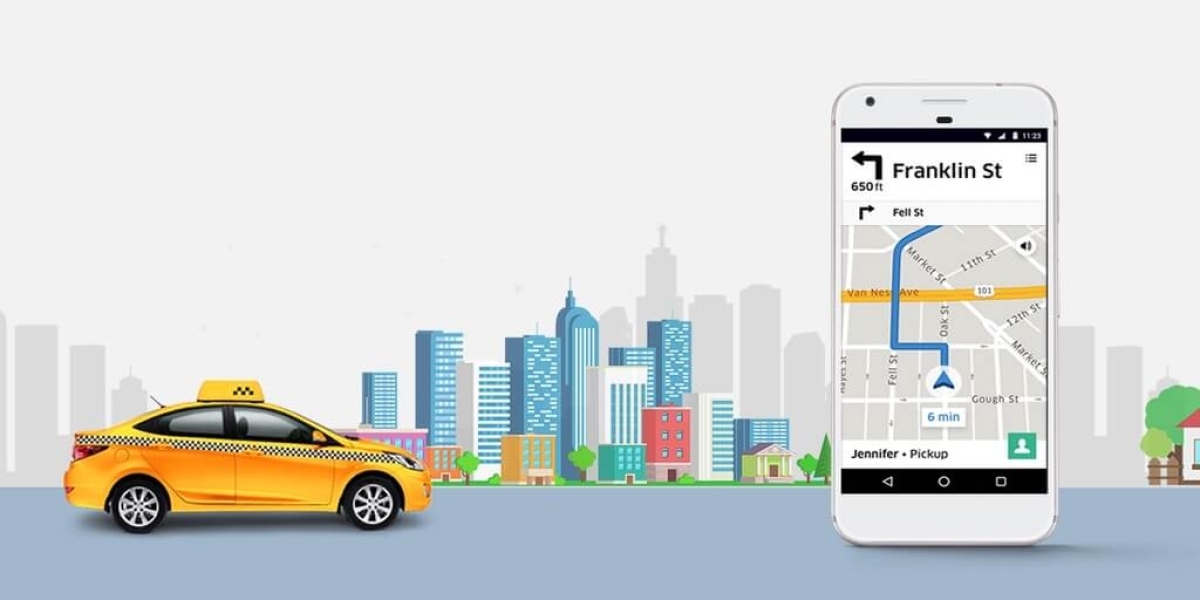In today’s on-demand economy, taxi booking apps have become essential tools for commuters and a lucrative business model for entrepreneurs. But while the end product may look sleek and simple, the journey from concept to launch involves a detailed and structured process. A professional taxi app development company follows a methodical approach to ensure that the app is not only functional but also scalable, secure, and user-friendly.
Whether you are an entrepreneur planning to launch a new taxi service or a transportation business looking to modernize your operations, understanding how expert developers work can help you make informed decisions and set realistic expectations. Let’s take a look behind the scenes at what really goes into creating a successful taxi app.
Step 1: Understanding the Vision and Market Needs
Every successful taxi app begins with a clear vision. Development teams start by gathering requirements from the client — understanding the target audience, business goals, and key differentiators. They also conduct market research to analyze competitors, identify user pain points, and discover unique opportunities.
This step often includes creating user personas to map out the needs of both drivers and passengers. By understanding who will use the app and why, developers can prioritize features that offer the most value, from real-time ride tracking to flexible payment options.
Step 2: Planning the App’s Core Features
Once the vision is clear, developers create a feature roadmap. A typical taxi booking app includes:
Passenger module for booking rides, viewing driver details, and making payments
Driver module for accepting rides, navigating routes, and tracking earnings
Admin panel for managing operations, monitoring rides, and analyzing performance
At this stage, wireframes and prototypes are designed to visualize the user flow. This helps stakeholders see how each screen will look and interact before any coding begins.
Step 3: Choosing the Right Technology Stack
Technology is the backbone of any app’s success. Developers select programming languages, frameworks, and databases that support scalability and security. For taxi apps, this often involves:
Backend: Node.js, Django, or Laravel for handling server logic
Frontend: React Native or Flutter for cross-platform mobile development
Database: MySQL, MongoDB, or PostgreSQL for storing user and ride data
APIs: Google Maps or Mapbox for location tracking
By choosing technologies that support real-time updates, secure payments, and smooth navigation, developers ensure the app can handle both current and future demand.
Step 4: Development — Building the App in Phases
Expert teams use agile development methodologies, breaking the project into sprints. This allows for faster iterations and regular feedback from the client.
Frontend Development: Building the passenger and driver interfaces to be intuitive and responsive
Backend Development: Implementing booking algorithms, payment processing, and trip management logic
Integration: Connecting APIs for location services, push notifications, and analytics
This phased approach ensures that each part of the app is tested and refined before moving forward.
Step 5: Rigorous Testing for Quality Assurance
Before launch, the app goes through multiple levels of testing:
Functional Testing to ensure all features work as intended
Performance Testing to verify the app handles peak usage without slowing down
Security Testing to protect user data and payment information
Usability Testing to confirm that the app is easy for both drivers and passengers to navigate
Testing ensures that when the app goes live, it offers a seamless experience without glitches or vulnerabilities.
Step 6: Deployment and Launch
Once the app passes all quality checks, it’s prepared for release on the Google Play Store and Apple App Store. Deployment involves setting up cloud infrastructure, configuring push notifications, and integrating analytics tools to track user behavior from day one.
A successful launch also includes marketing efforts — app store optimization (ASO), social media promotion, and onboarding campaigns to attract early users.
Step 7: Post-Launch Maintenance and Scaling
The work doesn’t stop after launch. Developers monitor app performance, gather user feedback, and roll out updates to fix issues or introduce new features. As the user base grows, the app’s architecture is scaled to handle more simultaneous rides, real-time tracking updates, and higher payment volumes.
Why Hiring the Right Developers Matters
The difference between a functional app and a market-leading taxi booking platform often comes down to the team behind it. Partnering with experienced app developers india offers a competitive advantage because they bring a mix of technical expertise, cost-effective solutions, and an understanding of global app trends.
These professionals are skilled in building apps that can scale rapidly while delivering a smooth experience to both passengers and drivers — essential in the fast-paced ride-hailing market.
Final Thoughts
A taxi app might look straightforward to the end user, but behind its smooth performance lies a meticulous process. From understanding the business vision to launching a fully functional and scalable platform, every step requires technical skill, careful planning, and continuous improvement.
By working with an experienced taxi app development company, you gain not just a team of coders but a strategic partner committed to bringing your transportation business vision to life — from concept to launch, and beyond.








